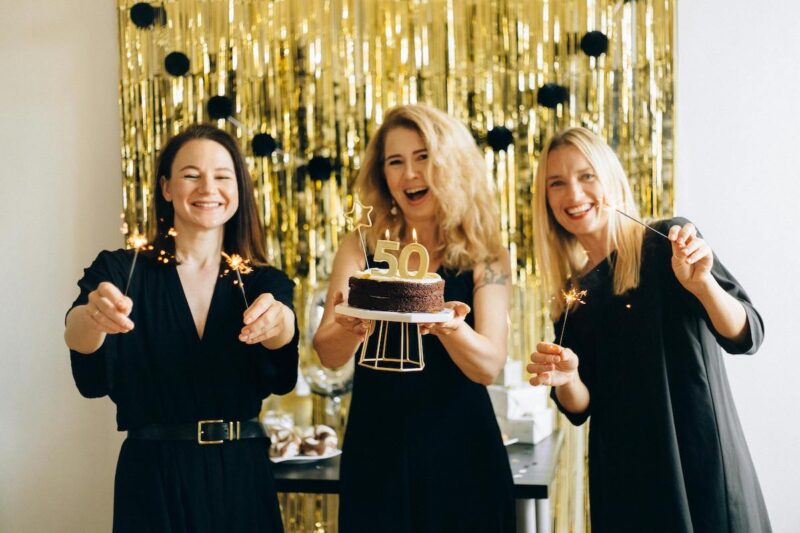The peri-menopause and menopause are unavoidable stages in a woman's life. This period of hormonal upheaval will last several years and affect our daily lives in more ways than one. Medically, the menopause is considered to be definitive when menstrual cycles have not occurred for 12 consecutive months. The peri- or pre-menopause period generally begins around the age of 40-45 and lasts from 2 to 5 years. The menopause proper occurs between the ages of 45 and 55 on average.
During this period, sex hormone activity is disrupted, with the level of female hormones (oestrogens) gradually decreasing. At the same time, male hormones (androgens) take over.
The role of hormones on hair
In simple terms, a hormone is a messenger molecule, meaning that this substance naturally produced by the body (biochemical) will transmit a message to other parts of the body to trigger a specific action: sexual activity, hunger/satiety, stress, regulating body temperature, cell growth and renewal (of bones, skin and hair). For hair, the main organs involved in hormone production are the adrenal glands, ovaries, testicles and thyroid.
In the pre-menopausal and peri-menopausal phases (transition periods), hormonal fluctuations are notoriously high: dysregulated menstrual cycles, fatigue, night sweats, mood swings are all peri-menopausal symptoms, which are often accompanied by hair problems. It has been discovered that estradiol, one of the female hormones that helps stimulate hair follicle metabolism, is one of the hormones particularly affected by these early changes. This explains the possible repercussions on hair growth from the pre-menopause onwards.
Hormones coordinate the smooth running of our bodies. This is particularly true for women's bodies, which are subject to all sorts of biological upheavals throughout their lives: menstrual cycles, pregnancy, the peri-menopause and the menopause. At each of these key periods, a woman's hair can be put to a severe test: post-partum hair loss comes to mind, as does hair loss after the age of fifty. While we generally regain our initial hair mass a few weeks after giving birth, it's more difficult to halt the loss of hair density when you're a woman approaching the menopause. Why is this?
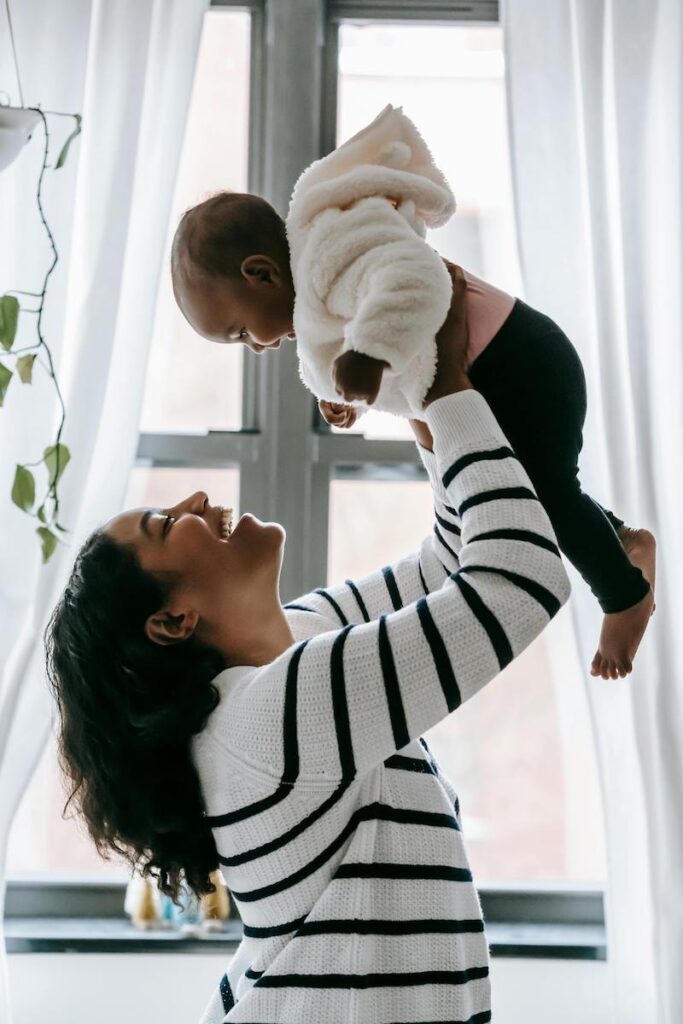
Hormones at every stage of a woman's life
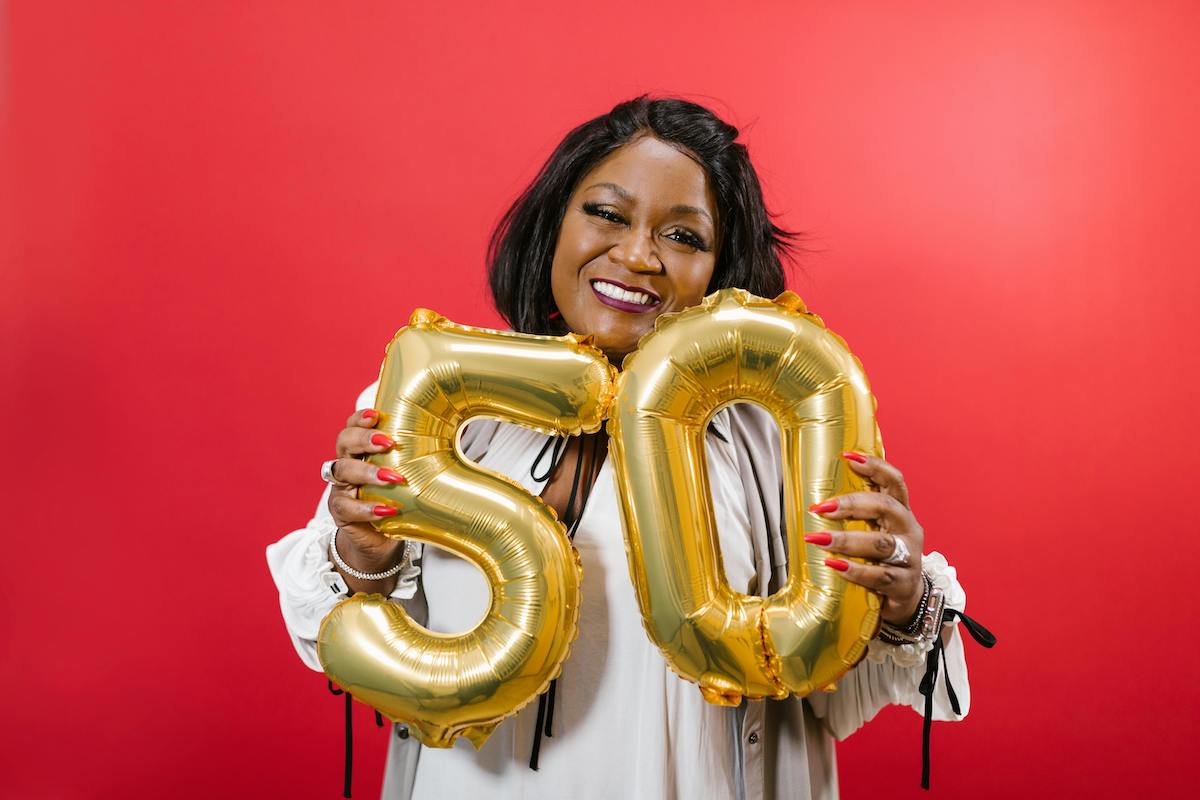
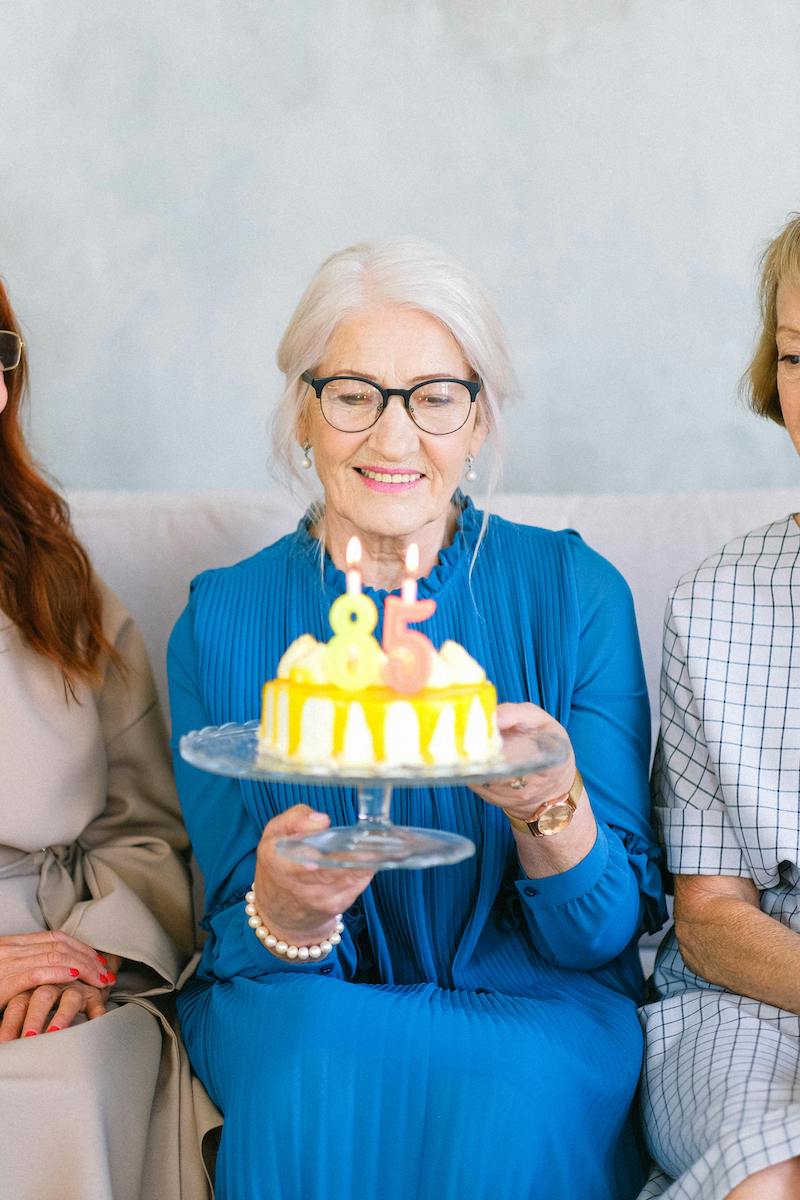
First, some good news. The menopause does not systematically lead to hair loss or thinning. Alopecia will only affect around 50 % of women at this pivotal age. And there's more good news, there is no such thing as female pattern baldness with very rare exceptions. In fact, a woman never goes completely bald, whatever her age.
Why hair changes at the menopause
There are a number of possible explanations for the changes in hair during the menopause.
- Loss of hair density and decrease in hormonal activity: thinning hair, increased hair loss, change in texture are all linked to the decrease in oestrogen activity from the start of the pre-menopause. The rate of hair renewal accelerates, with a gradual miniaturisation of the hair follicles - the same process as in androgenetic alopecia.
- This ageing is accompanied by a cellular slowdown that affects all physiological functions, including the cells' ability to transport the blood flow carrying the nutrients essential to the vitality of the hair follicle: slowed metabolism = weakened hair follicle = thinning, fragile hair.
- Appearance of thinning areas on the skull, the result of androgenetic alopecia in women, which may have started several years earlier and is accentuated by a drop in oestrogen levels.
- General cellular ageing leads to a reduction in the activity of the sebaceous glands in the scalp: less protected (no longer lubricated), hair becomes drier and more brittle. Plus: disappearance of melanocytes linked to the ageing of the body independently of the age of the menopause: appearance of white hair:, which has a different texture to hair with pigments.
- Menopause of the hair follicle : a recent study (2023) has shed light on several particularities of the hair follicle. While hair is already a source of wonder (it's an organ in its own right with the rare ability to regenerate completely independently), it still has more secrets to reveal. It has been discovered that the hair follicle - which produces the hair - functions independently of the rest of the body. A complex mechanism that obeys its own rules and has its own agenda, as it were. What's more, each hair follicle functions independently and produces hair at its own rate. In other words, not all hairs grow - or fall out - at the same time, which is rather reassuring! This also means that each hair will have its own rate of growth, latency and loss. Imagine 100,000 to 150,000 living, autonomous circuits!
- Microbiota and hair loss And as if that weren't enough, research has shown an indisputable link between hair growth and the health of the microbiota, which is also distinct from the microbiota of the skin. This is yet another area to be explored, and one that could lead to a better understanding of certain scalp diseases such as alopecia and lichen planus. When you consider the importance of microbiota on our bodies, which encourages us to take the utmost care of them.
- Alongside these gradual physiological changes, the aggravating factors that can affect hair at any given time can also come into play and contribute to making hair even poorer during the menopause: Stress, of course, but also a diet that's not always balanced, ill-adapted hair routines (too many chemical colours, over-powered hairdryers), repeated cosmetic manipulations (straightening, straightening, brushings, brutal detangling) - in short, all these actions that attack the hair and scalp, leading to breakage, pulling and a sensitive scalp.

Menopause: feeling good about yourself, feeling good about your body
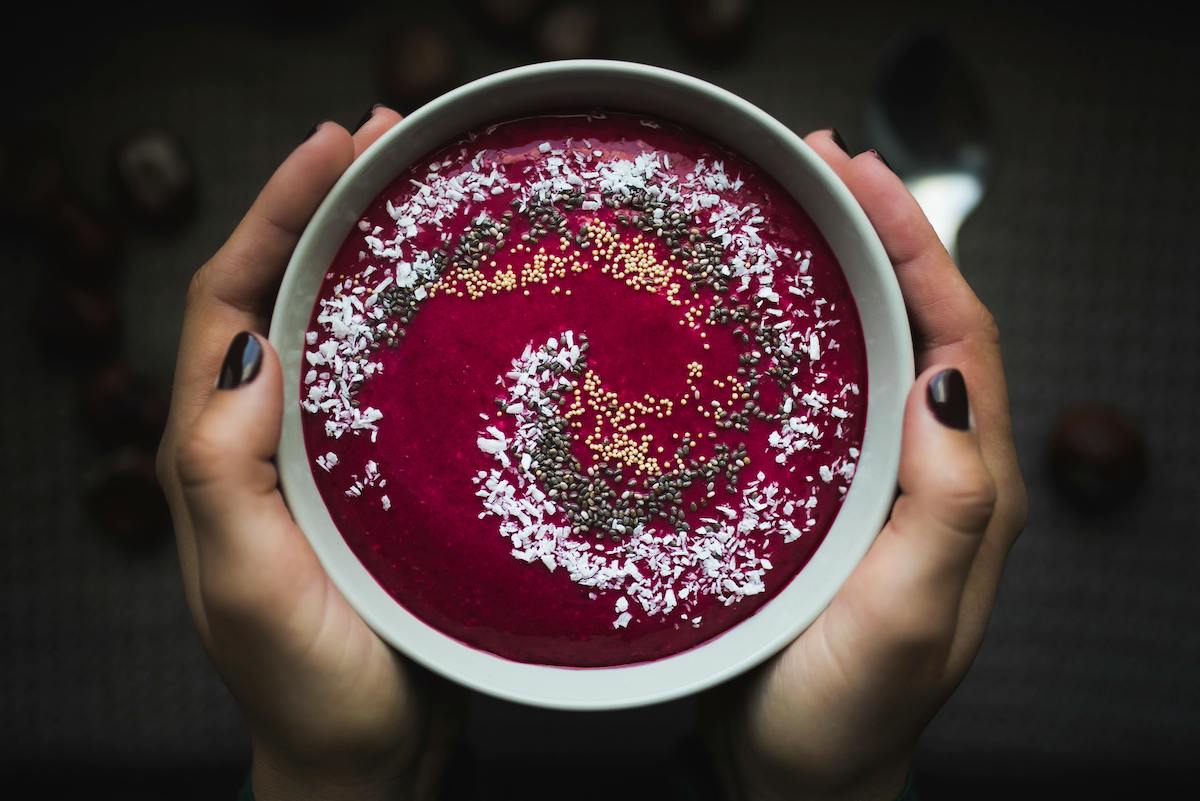

How to combat hair loss during the menopause
If you notice thinning areas on the scalp, loss of volume or more hair loss than usual, don't ignore these symptoms and take action.
Firstly, with preventive measures. For example, a course of vitamins, a more rigorous lifestyle to avoid weight gain and possible deficiencies, and a bit of physical activity to help limit stress.
Obviously, we pay particular attention to our hair (and scalp) with gentle hair care and products adapted to your hair type. As the sebaceous glands become drier, hair needs new, richer treatments. So we opt for repairing treatments that don't weigh down the hair fibre, moisturising masks, avoid aggressive blow-drying that burns keratin, and brush gently with the right tools.
To stimulate the vigour of our faltering hair follicles, get started straight away an invigorating anti-hair loss programme: purifying milk, serums bursting with active ingredients to boost hair regrowth, vitamin-enriched hair creams and balms to tone the hair. You can massage the scalp to encourage micro-circulation and strengthen the roots.
In fact, the hair follicle is like a small factory that has to mobilise numerous resources to produce hair in top condition. The consequences of the menopause are a drop in energy and a poorer distribution of resources. We do what we need to do to protect the skin on our face from the ravages of time, so why not do the same to protect our hair?
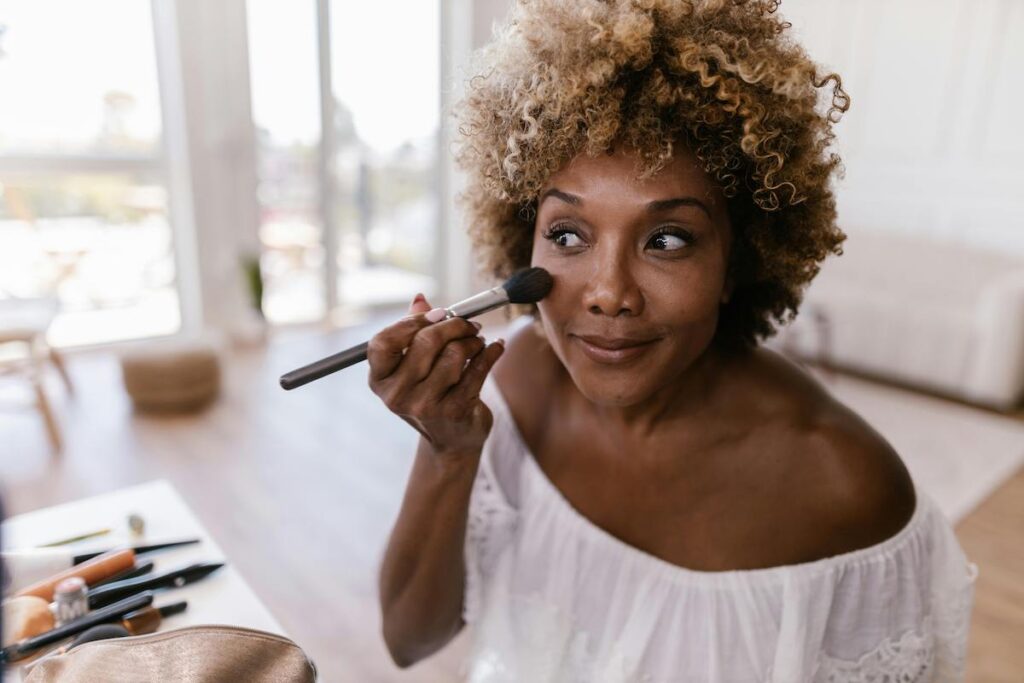
Caring for your hair the way you care for your skin
So is hair loss inevitable with the menopause? Well, no. There's no need to be discouraged, or worse, to stress over the fact that you're losing too much hair as you approach fifty. Growing older also brings its share of good things: greater self-acceptance, body image and more.
There are solutions for looking after your hair and keeping it full and toned despite the passage of time: why wait?

